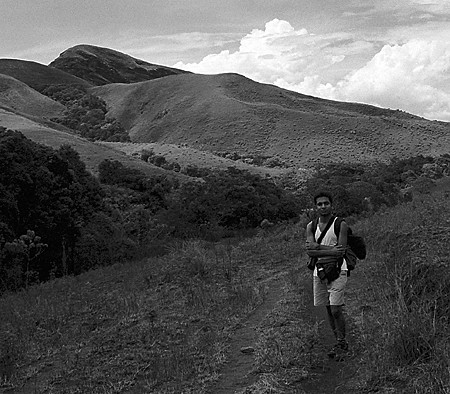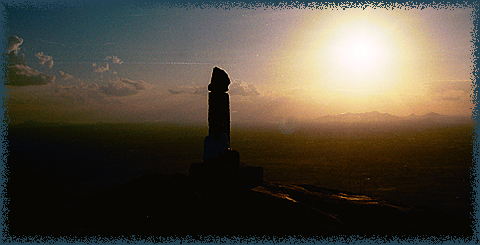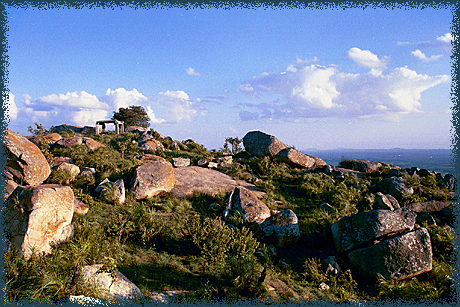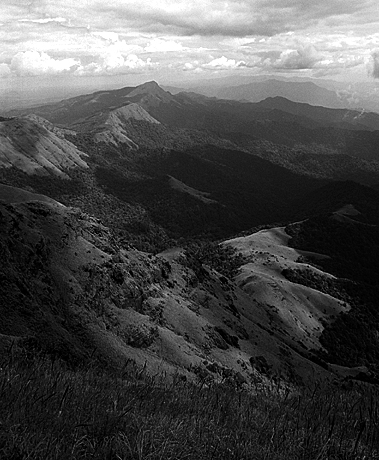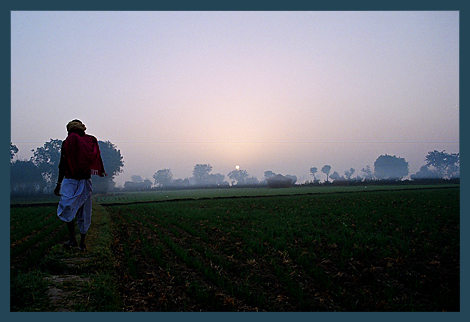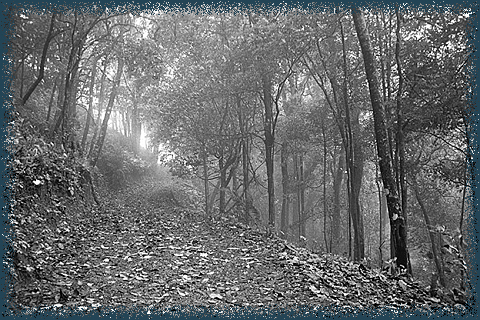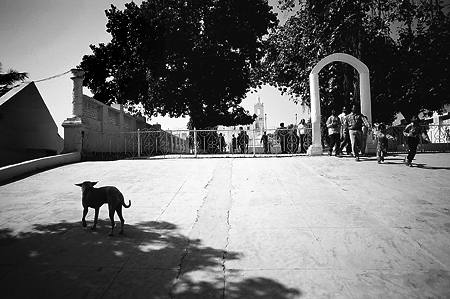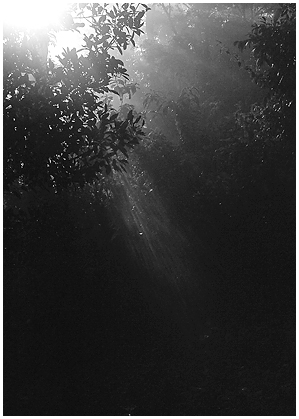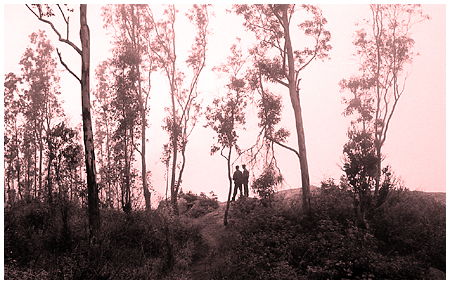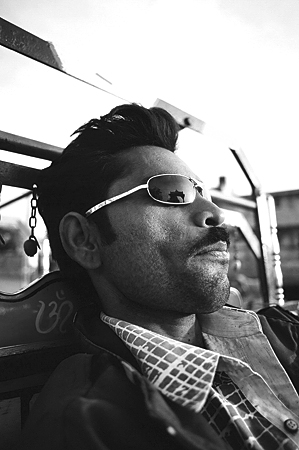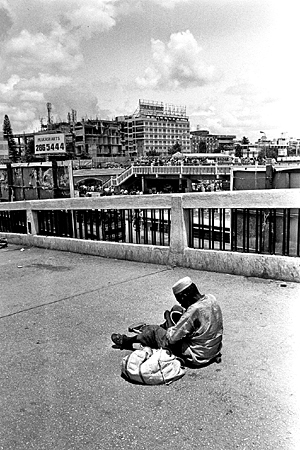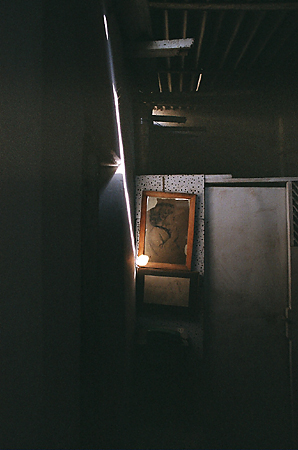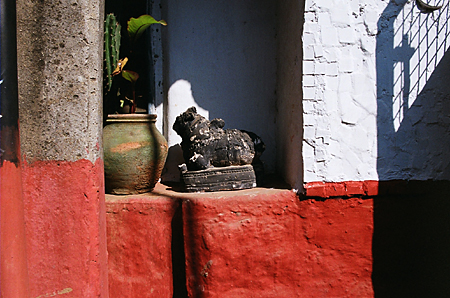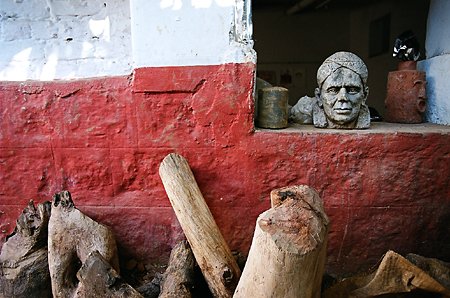undoubtedly one of the best routes on this side of the WG. Ravishankar and I went on a three day trek to this 1892m peak few years ago. it forms a part of a huge Reserve forest area which boasts of a annual rainfall of 7000mm!
Monday, January 31, 2005
Wednesday, January 26, 2005
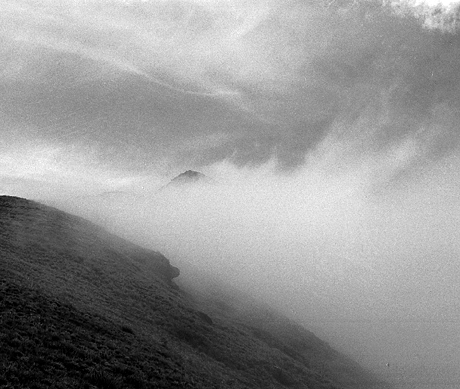
the mighty Chembra among the clouds, Wyanad. this mountain seemed really angry with us when we went to meet him. he let only three among the seven of us to finally trek up the peak. i was one among them. the morning of the second day was like walking in a dream, among caressing clouds, the moon-like-sun making brief appearances, sights of elephants on a distant slope...
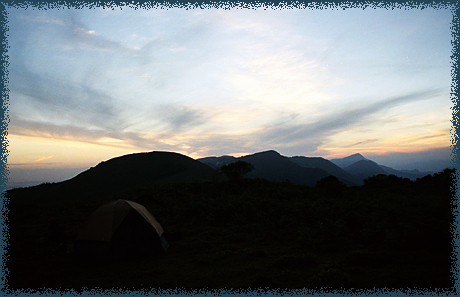
campsite, Tadiyendamol. Kishore, Murali and i trekked up this beautiful mountain in Coorg a few winters back. we are also excited because this was the first time we put to use our newly acquired tent. it stood the winds pretty fine and has joined us for many many treks thereafter...
Tuesday, January 25, 2005
I thought this was a very interesting excerpt...
EYES ON A FAST WORLD,
THE WORLD PRESS PHOTO CONTEST 2004,
By ELISABETH BIONDI.
(Aperture magazine, winter 2004)
… the most obvious and dramatic development, of course, is the widespread use of digital photography. This year (with some notable exceptions, such as Luc Delahaye, Alexandra Boulat and Stanley Greene), photojournalists transmitted their images directly from Iraq, making this the first “digital war”. The increased speed makes for a fundamental change in the way photojournalists work-for better, and sometimes for worse.
One advantage of digital technology is obvious: images can be seen, edited, and printed almost instantaneously. News media and audiences now receive instant photojournalism. Also, digital cameras make the technical process easier and can produce technically more “perfect” images, as well as offering great latitude in low-light situations. And the photographer has the freedom to see, store, and dispose of images immediately.
The drawbacks are less obvious. The digital process places new demands on photographers, especially in conflict situations. At the end of each day of shooting, often in life threatening conditions, the photojournalist must transmit pictures-with captions-back to the publication or the agency that awaits them. This is a time consuming and often frustrating task that can add up to six hours to the photographer’s workday. There is little time for careful editing, and perhaps no time at all for old fashioned story weaving. The photographer is deprived of the valuable process of reflection. Every night, instead of thinking ahead and planning the next move, the exhausted photojournalist must begin the tedious job of archiving the day’s images. James Nachtwey puts it bluntly: “The digital cleanup interferes with the journalistic process.” Additionally, there is a curious backward-looking mechanism to digital picture-taking. Instead of focusing on the next image, photographers may be tempted to glance down at the image just taken-and thus may easily miss the ensuing “moment.” Photojournalists have words for this: a “chipmunk” photographer instantly edits while shooting-a process called chimping-allowing little room for composition or thought. How conducive is this to producing lasting images?
Finnish photographer Ilkka Uimonen, who received a prize in the Spot News category, is one of the few who successfully straddles digital and nondigital media. He was on assignment in Iraq for eight weeks and, like everyone who worked for newsmagazines, transmitted his digital images home nightly. But he also carried a rangefinder camera and shot black-and-white film, “on the periphery,” as he says. His are not the only memorable pictures from Iraq, but they are particularly powerful. By allowing himself the freedom to work at his own pace, Uimonen made photographs that are introspective, lyrical, and elusively seductive.
It became evident in Amsterdam that certain events were covered by a great number of photographers; consider the thousands of images of the fall of Saddam’s statue. The process of “embedding” journalists was intended to control (at least to a certain extent) images sent back to the media; and indeed, in the first weeks of the war it did considerably limit photographers’ access. Perhaps, too, the shortage of time to develop and plot out a story contributed to the numbers of photojournalists all covering the same situations.
The new speed and technology, and strictly delimited photographable terrain, have made it particularly difficult during this conflict for a photographer to preserve an independent personal vision. A few have managed to maintain a strong visual “handwriting” in both digital and nondigital images. Some, such as Simon Norfolk, have purposefully chosen the slower, nondigital process of large-format cameras; others use black-and-white film, casting a “slow eye” on a fast-paced world.
As the use of digital photography expands, and as a new generation of photographers falls in love with the ease of this new technology, we can expect yet greater floods of images. No doubt the submissions for the World Press photo 2005 will be even more copious than they were this year. Photography is constantly evolving, and with improving technology, photographers will surely test new creative limits. At the same time, there are and always will be others who choose to let their images stand out from the digital masses by allowing time to work slowly for them. We saw some exceptional photographers by these new “mavericks” at the World Press 2004. They will surely be there next year as well, and I hope the one after, and the one after that.
(Elisabeth Biondi has been the Visuals Editor of the New Yorker magazine since 1996. Previously, she held the position of Director of Photography at Germany’s Stern magazine and at Vanity Fair, was Picture Editor at Geo, USA. Biondi headed the jury of this year’s World Press Photo contest).
(My notes: Alexandra Boulat is one of my favourite photographers and I have been eagerly following her stories. Jan 2005 issue of the National Geographic magazine carries her pictures for a story on Berbers of Morocco).
EYES ON A FAST WORLD,
THE WORLD PRESS PHOTO CONTEST 2004,
By ELISABETH BIONDI.
(Aperture magazine, winter 2004)
… the most obvious and dramatic development, of course, is the widespread use of digital photography. This year (with some notable exceptions, such as Luc Delahaye, Alexandra Boulat and Stanley Greene), photojournalists transmitted their images directly from Iraq, making this the first “digital war”. The increased speed makes for a fundamental change in the way photojournalists work-for better, and sometimes for worse.
One advantage of digital technology is obvious: images can be seen, edited, and printed almost instantaneously. News media and audiences now receive instant photojournalism. Also, digital cameras make the technical process easier and can produce technically more “perfect” images, as well as offering great latitude in low-light situations. And the photographer has the freedom to see, store, and dispose of images immediately.
The drawbacks are less obvious. The digital process places new demands on photographers, especially in conflict situations. At the end of each day of shooting, often in life threatening conditions, the photojournalist must transmit pictures-with captions-back to the publication or the agency that awaits them. This is a time consuming and often frustrating task that can add up to six hours to the photographer’s workday. There is little time for careful editing, and perhaps no time at all for old fashioned story weaving. The photographer is deprived of the valuable process of reflection. Every night, instead of thinking ahead and planning the next move, the exhausted photojournalist must begin the tedious job of archiving the day’s images. James Nachtwey puts it bluntly: “The digital cleanup interferes with the journalistic process.” Additionally, there is a curious backward-looking mechanism to digital picture-taking. Instead of focusing on the next image, photographers may be tempted to glance down at the image just taken-and thus may easily miss the ensuing “moment.” Photojournalists have words for this: a “chipmunk” photographer instantly edits while shooting-a process called chimping-allowing little room for composition or thought. How conducive is this to producing lasting images?
Finnish photographer Ilkka Uimonen, who received a prize in the Spot News category, is one of the few who successfully straddles digital and nondigital media. He was on assignment in Iraq for eight weeks and, like everyone who worked for newsmagazines, transmitted his digital images home nightly. But he also carried a rangefinder camera and shot black-and-white film, “on the periphery,” as he says. His are not the only memorable pictures from Iraq, but they are particularly powerful. By allowing himself the freedom to work at his own pace, Uimonen made photographs that are introspective, lyrical, and elusively seductive.
It became evident in Amsterdam that certain events were covered by a great number of photographers; consider the thousands of images of the fall of Saddam’s statue. The process of “embedding” journalists was intended to control (at least to a certain extent) images sent back to the media; and indeed, in the first weeks of the war it did considerably limit photographers’ access. Perhaps, too, the shortage of time to develop and plot out a story contributed to the numbers of photojournalists all covering the same situations.
The new speed and technology, and strictly delimited photographable terrain, have made it particularly difficult during this conflict for a photographer to preserve an independent personal vision. A few have managed to maintain a strong visual “handwriting” in both digital and nondigital images. Some, such as Simon Norfolk, have purposefully chosen the slower, nondigital process of large-format cameras; others use black-and-white film, casting a “slow eye” on a fast-paced world.
As the use of digital photography expands, and as a new generation of photographers falls in love with the ease of this new technology, we can expect yet greater floods of images. No doubt the submissions for the World Press photo 2005 will be even more copious than they were this year. Photography is constantly evolving, and with improving technology, photographers will surely test new creative limits. At the same time, there are and always will be others who choose to let their images stand out from the digital masses by allowing time to work slowly for them. We saw some exceptional photographers by these new “mavericks” at the World Press 2004. They will surely be there next year as well, and I hope the one after, and the one after that.
(Elisabeth Biondi has been the Visuals Editor of the New Yorker magazine since 1996. Previously, she held the position of Director of Photography at Germany’s Stern magazine and at Vanity Fair, was Picture Editor at Geo, USA. Biondi headed the jury of this year’s World Press Photo contest).
(My notes: Alexandra Boulat is one of my favourite photographers and I have been eagerly following her stories. Jan 2005 issue of the National Geographic magazine carries her pictures for a story on Berbers of Morocco).
Monday, January 24, 2005
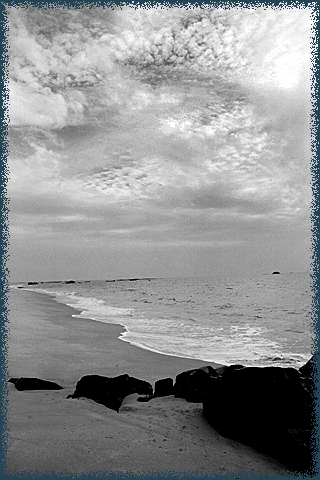
marvanthe beach, karavali coast (thanks Sudarshan for pointing out the error, i had previously named it 'pondicherry')
Friday, January 21, 2005
Thursday, January 20, 2005
Wednesday, January 19, 2005
Monday, January 17, 2005
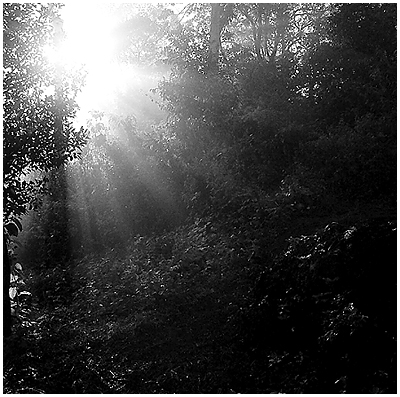
Light!
well, kishore suggested that it would be nice if i could disclose digital manipulation, if any, done on the pictures i post. so for a start, the above picture has undergone the following. this was a colour photograph, i first resized and sharpened the image(unsharp mask). then converted it to grayscale, and altered levels. i needed an extra border of white so i stroked the border to 5 pixel of white. oh yes, there was some bit of cropping too.
Saturday, January 15, 2005
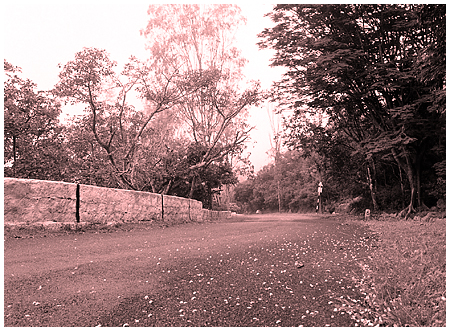
horsley hills. two of my friends are in love! so i thought i shall post some pictures from a trip with the two of them. horsley hill is a little known hill station in andhra pradesh, named after an english general. the place is just as big as a village, pleasant weather and you have absolutely nothing to do except watch the clouds brush your feet.
Friday, January 14, 2005
Thursday, January 13, 2005
Sunday, January 09, 2005
Allard's advice to novices
Develop your ability to see. Many people graduate from college or
graduate school thinking they are photographers. They are equipped
with cameras that do everything but park your car. But often these
people can’t really see and understand light. You can’t rely on
technology for seeing a picture.
Know what came before you. Study famous photographers (Paul Strand,
W. Eugene Smith, Robert Frank, Henri Cartier-Bresson are just a few
for example). There are so many. Don’t emulate these people, but
appreciate how they looked at their subjects.
Study paintings too. Painters teach us about organizing space. What
you exclude is as important as what you include. Pay attention to
light and shadows. A painter can manipulate them and his palette is
endless, but a photographer has less control. I usually can’t control
the conditions under which I take pictures.
When I was shooting the blues I could see pictures everywhere. But I
had to focus on one picture. It’s just like hunting quail. When a
hunter sees a covey, he has to pick one bird or he probably won’t hit
anything. It’s the same with pictures. Slow down, and pick one shot
at a time.
graduate school thinking they are photographers. They are equipped
with cameras that do everything but park your car. But often these
people can’t really see and understand light. You can’t rely on
technology for seeing a picture.
Know what came before you. Study famous photographers (Paul Strand,
W. Eugene Smith, Robert Frank, Henri Cartier-Bresson are just a few
for example). There are so many. Don’t emulate these people, but
appreciate how they looked at their subjects.
Study paintings too. Painters teach us about organizing space. What
you exclude is as important as what you include. Pay attention to
light and shadows. A painter can manipulate them and his palette is
endless, but a photographer has less control. I usually can’t control
the conditions under which I take pictures.
When I was shooting the blues I could see pictures everywhere. But I
had to focus on one picture. It’s just like hunting quail. When a
hunter sees a covey, he has to pick one bird or he probably won’t hit
anything. It’s the same with pictures. Slow down, and pick one shot
at a time.
Monday, January 03, 2005

bulla! i know not who i am
bulla! i know not who i am
nor am i the believer in mosque
nor am i in idol-worship
nor am in the pure and the impure
nor am i in the vedas
nor am i in intoxicants
nor am i the carefree deviant
nor am i union nor grief
nor am in the pure/impure
nor am i of the water nor of the land
nor am i fire nor air
bulla! i know not who i am
nor am i arabic nor from lahore
nor am i the indian city of nagaur
nor a hindu or a peshawari turk
nor did i create the difference
of faith
nor did i create adam-eve
nor did i name myself
begining or end i know just the self
do not recognise 'the other one'
there's none wiser than i
who is this bulla shah
bulla! i know not who i am
(words by sufi saint bulla shah, 18th century,
photograph courtesy lavannya)
also, suggested listening to rabbi shergill's rendition of this beautiful song. absolutely addictive.
rabbi/rabbi, phat phish records, 2004.
Sunday, January 02, 2005
Subscribe to:
Comments (Atom)
